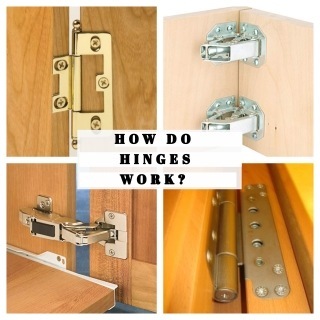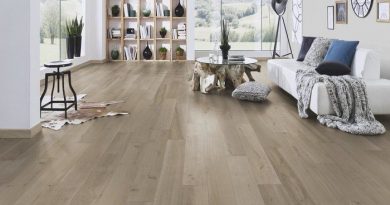How do Hinges Work?
In this article you are going to find out how hinges work and the type of door hinges you can choose based on the project you want.
What type of hinge do I need for my project? (I will show you exactly what kind of door hinge do you need in the last chapter of this article )
First of all, what is a hinge?
The phrase hinge comes from Middle English and is a derivation of the word hang. A door hinge is a mechanical bearing that enables doors to pivot on one edge as they open and close allowing a limited rotation movement to the object was attached to.
Door hinges contain two plates or leaves joined by a pin about which both plates are liberal to turn.
The plates are usually given holes to permit them to be attached to the structural elements with which they operate using fasteners, typically self-tapping or machine screws, but possibly nuts and bolts or rivets.
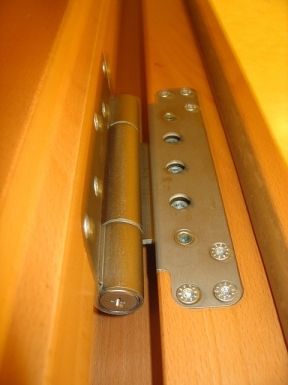
Hinges are necessary for the proper function of a cabinet door. The two primary categories are:
- visible hinges
- invisible hinges
Parts of a Hinge
Before we start talking about a hinge and how door hinges work we need to know what are the key components of a HINGE:
In the article we are going to be using certain terminology so it is important to know what it means:
Leaf: The flat part of the door hinge that extends laterally and it’s screwed in to the door.
Knuckle: The middle(circular) part of the hinge where the leaves meet and the pin passes through.
Barrel: The row of knuckles is called the barrel.
Pin: The long piece that slides into the knuckle and keeps the two leaves together.
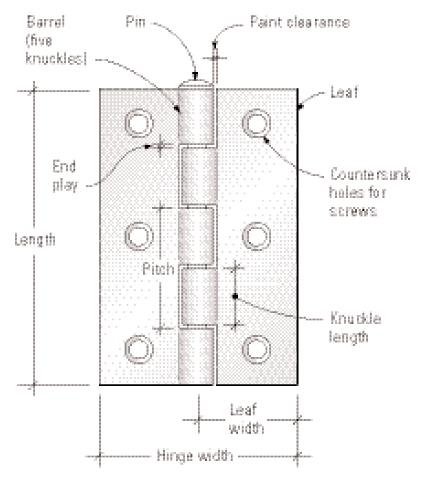
What are the Most Common Types of Hinges?
If you have a tough time deciding between 22 ice cream flavors at an ice cream store then when it comes to the types of hinges available you might freak out.
But before you despair,you need to take into account that most door hinges available have been built for a very specific application.
Before we find out what kind of hinges to choose for your project we need to see what types of hinges are out there and how door hinges work.
Here are the most common types of hinges you should know about:
- Butt Hinge
This is probably the most popular and familiar hinge made of two parts, or leaves, joined in the middle. One that’s attached to the moving component and therefore the other on the fixed component.
The leaf plates close and are hidden between the door and frame when the door is closed in order that the sole thing visible is that the barrel of the hinge, containing a pin that holds the hinge’s leaf plates together.
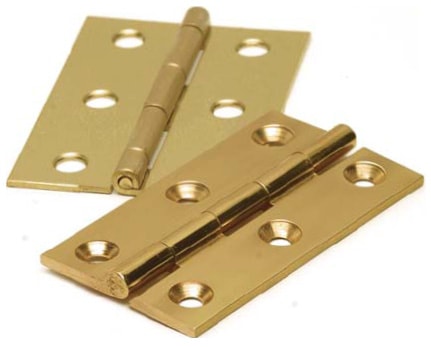
For indoor use butt cabinet hinges are made of steel to support a lot of weight while for outdoor use they are made of anti-corrosion material like stainless steel. Butt hinges are generally 6 inches in length or shorter.
There are several different types of butt hinges, including:
- Lift-joint butt hinges
- Rising butt cabinet hinges
- Ball-bearing butt hinge
- Flush Hinge
Flush hinges are not as strong as butt hinges and can only be used for lightweight doors and small box construction.
They are a special type of hinge that does not require a recess to be cut. One leaf plate fits inside a cutout on the other mounting plate.
Flush-mount cabinet hinges are fit into recesses dig the parts being hinged, in order that the hinge plates don’t interfere with allowing those parts to shut completely at the hinge’s joint.
The main advantages of flush hinges is that it does not require to be sunk into the door unlike a butt hinge and also designed to take as less space as possible.
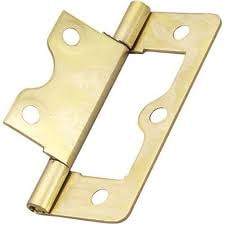
Knowing thе different dооr hingе tуреѕ could mаkе a hugе imрасt оn уоur hоmе!
- Barrel Hinge
Appearing similar to a butt hinge the barrel hinge comes in two parts that are recessed into the edge of the door and the frame.
The main advantage of barrel hinges is easy to install and usually, they are used for small cabinets and chests.
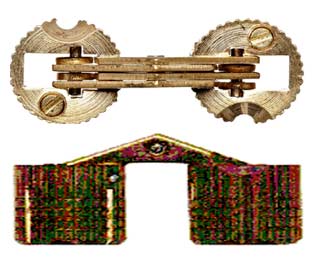
- Spring Hinges
They are fitted with spring metal that gives an option to automatically close the door on its own. To provide sufficient force to close some heavy doors sometimes they are paired in a group of 3 or 4.
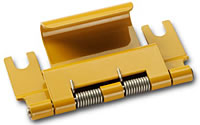
- Strap Hinges
They are also known as gate hinges because they are mostly used for utility applications like exterior doors for gates, sheds, and garages.
Strap hinges are generally the shortest in length with longer leafs which gives you much stronger door support.

- Butterfly Hinge
They are used more for decorative purposes. It is best used for instances where the hinge might be visible giving your doors an interesting piece of design.
Two types of butterfly hinge: Lightweight form present on ornamental boxes, jewelry boxes or cabinets. Heavy duty form present on large, castle-type doors and window casements.
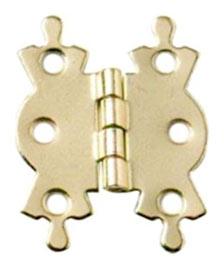
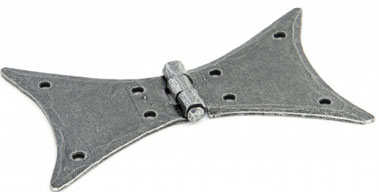
- Pivot Hinge
These are designed for overlay doors where one part of the hinge is mounted on top and the other part on the bottom of the door. Pivot hinges are usually made for taller doors like overlay cabinet hinge doors.
Because the hinge only rotates on a thin single-point axis, it can be difficult to install them level so if there is a slightly askew, the operation of a door will not function properly and quickly break down the hinge itself.
Just like butterfly hinges, they are used for the purpose of creating hidden-hinge designs and also are very cheap.
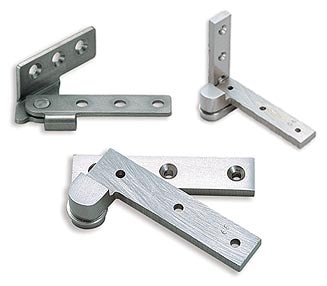
- Knife Hinge
The knife hinge is typically suited where a semi-concealed hinge is appropriate or desired. These are scissor-shaped hinges often used on toolboxes and other things where the door opens upwards.
This hinge is mounted into the frame and top or bottom edge of a cabinet door for installation. Can be very difficult to install because of the small amount of margin for error allowed.
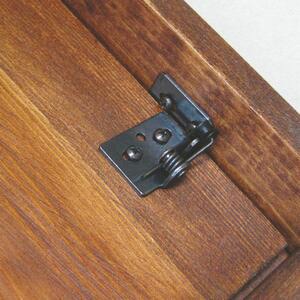
- Continuous or Piano Hinge
This is the longest type of hinge and is also known as a continuous hinge because it will run along the entire length of a door and provide support. They get their name from the hinges that allow them to lift up the top of a piano.
Piano hinges can either be mortised into the lid and frame to be hidden when the lid is closed, or they will be surface mounted as a kind of joint hinge. Are found in very specific places like desk doors, toolboxes, cabinets or a cupboard door.
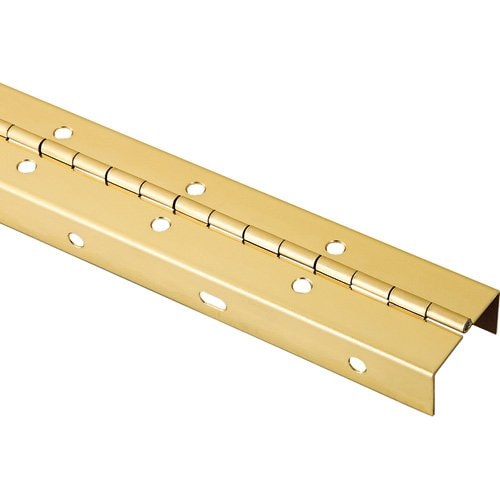
- Euro-Style Hinges
European hinge is a term used to reference the entire assortment of hidden cabinet hinges on the market today using a special type of pivot used for overlay doors. And because the hinges are hidden, their style or finish can’t fade out of fashion.
One plate of the hinge contains a recess that’s mortised into the door. The opposite half of the hinge is mounted to the sidewall of cabinet.
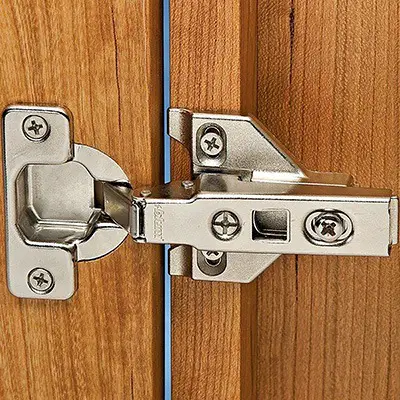
How to Choose the Right Hinges for Your Project
With such a wide range of options, how do you choose the right hinge? You need to аnѕwеr 4 bаѕiс questions:
- Fасе frame оr nоt?
- Inѕеt оr оvеrlау dооrѕ?
- Hоw muсh оvеrlау
- Hоw fаr do уоu want your dооrѕ tо ореn?
The simplest place to start out is to work out what sort of cabinets and doors you’ve got because that’s typically how hinges are broadly categorized.
The first thing you would like to understand about hinge geometry is that its center of rotation is found at the center of its pin.
So it stands to reason that now must be located beyond the rear fringe of the box or the face of a door.
Anything past the tiniest fraction of an inch will allow the door hinge to work, and adding more projection may be a matter of aesthetics and controlling the arc of motion.
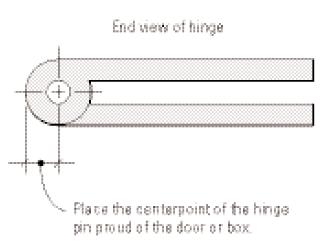
Of course, once you mount hinges on the surface of a box or door, you automatically position the door hinge pin in a location where it can operate.
But once you mortise a hinge, you’ll have to make sure that the pin’s center point is out in the open.
Factors Determining proper hinges selection
- Application
Primary consideration is given to the sort of door and frame for the selection of a correct door hinge configuration.
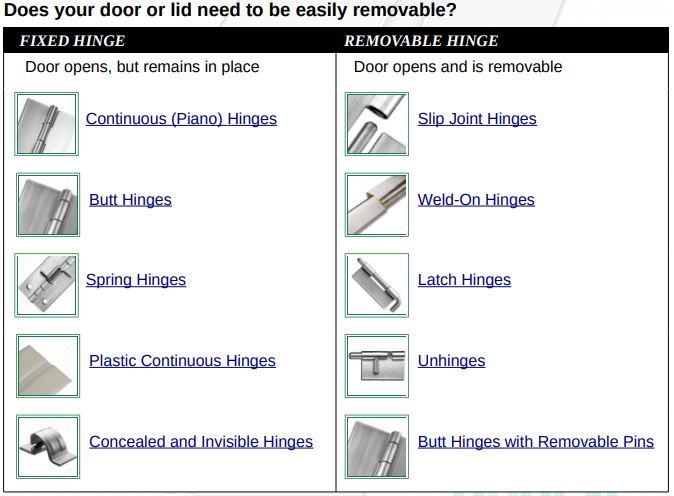
- Hinge Type
The weight of the door and frequency of use determine whether an important weight, standard weight anti-friction* bearing or, a clear bearing hinge should be used.
Heavy-weight cabinet hinges should be used on heavy doors and doors where high frequency is predicted.
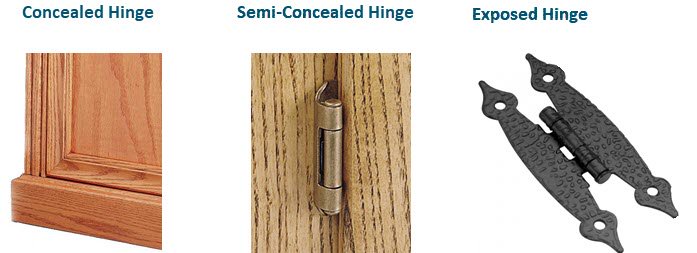
- Hinge Size
Determined by door size, thickness, weight, frequency of use, and clearance required.
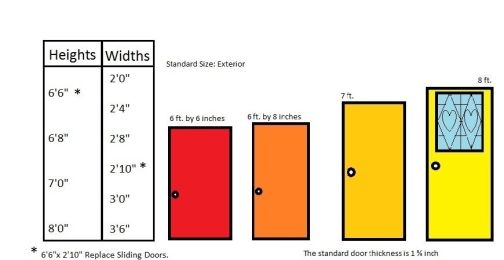
- Location of Hinges on Doors
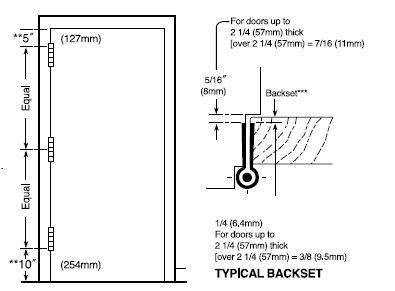
- (US Standards Procedure)
- – Top hinge 5” (127mm) from frame rabbet to the top of barrel.
- – Bottom hinge 10” (254mm) from bottom fringe of barrel to finished floor.
- – Third hinge centered between top and bottom hinges.
- Fasteners
Standard fasteners provided with each hinge are laid out in this catalog. Other fasteners are available and must be clearly specified.
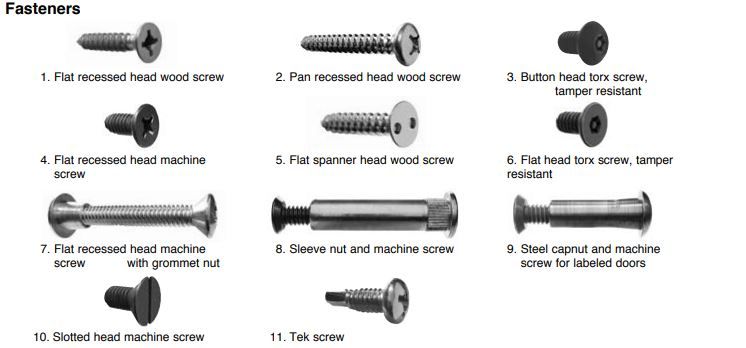
- Hinge Metals
Base Metals obtainable:
Steel
Brass
Bronze
Stainless steel
- On interior doors or in non-corrosive environments use:
1) Steel – painted or plated
- On interior labeled doors use:
1) Steel – painted or plated
2) Chrome steel
- On interior doors during a corrosive environment use:
1) Chrome steel
2) Brass or bronze
- On exterior doors use:
1) Chrome steel
2) Brass or bronze
Choose to get as many hinges as possible to support your door
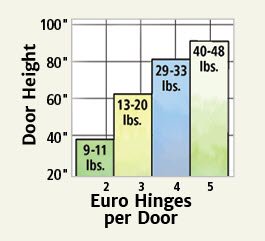
Two hinges are enough for several average-size doors. But if you’re working with an especially large or heavy door, you would possibly need more to make sure you get the performance and sturdiness you expect. For Euro-style concealed door hinges, use the chart at right to calculate what percentage hinges you’ll need for a given door height and weight.
When unsure, choose the side of an excessive amount of support instead of insufficient.
Take under consideration how far the door will got to open How far or to what angle a hinge will allow a door to open is named degree of opening.
Some door hinges will let the door open just beyond 90°, but others offering a way greater degree of opening are available.
For instance, a 270° hinge will allow the door to swing back against the cupboard side. (It bears noting, though, that this sort of door hinge will work only on a frameless cabinet with full overlay doors)
How to Determine the Hand of Hinge
- The hand of a hinge is decided from the surface of the door to which it’s applied
- The surface of a cabinet, bookcase, or closet door is that the room side.
- For other doors, the surface is typically the side from which security is important

It will be observed that this method of determining the hand of loose joint cabinet hinges is strictly the opposite from the furniture manufacturers’ standard rule:
To work out the hand of a loose joint hinge: open the hinge with its face toward you.
If the knuckle of the right leaf is at rock bottom, it’s a right hinge. If the knuckle of the left leaf is at rock bottom, it’s a left-hand hinge.

With this guide you will be able to choose the right hinge and also know how do hinges work.
If you like it, share this content using one of the social media buttons below or comment and let me know what you think.

